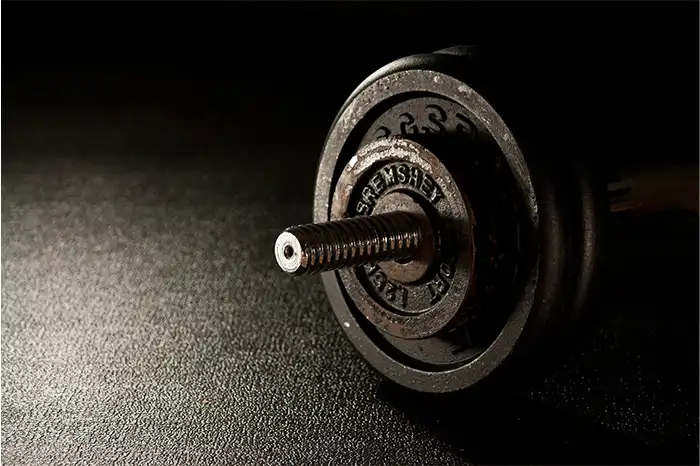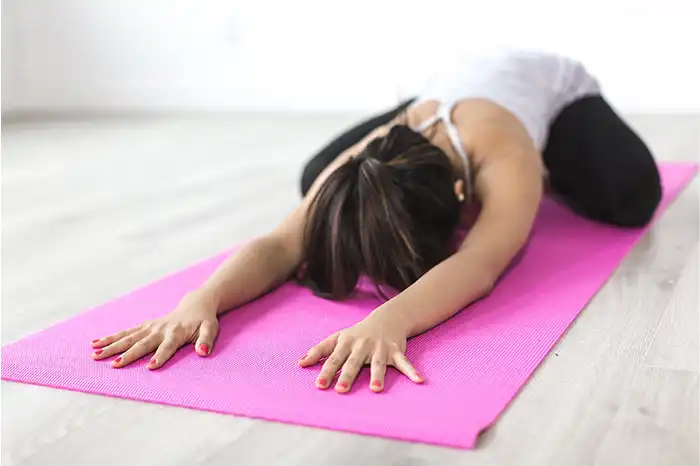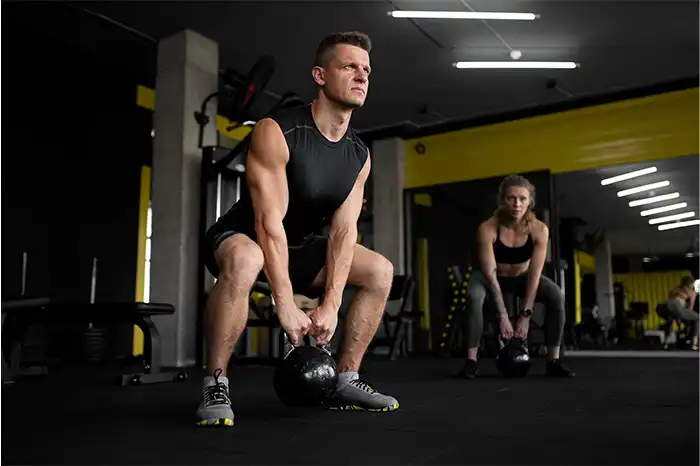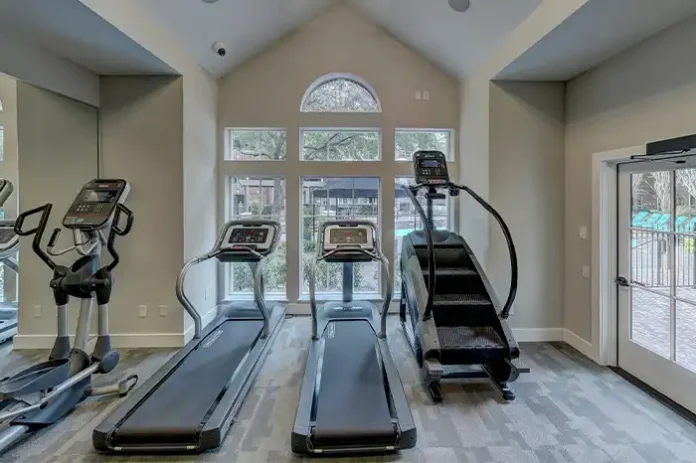Choosing the right flooring for a home gym is essential for ensuring safety, durability, and comfort during workouts. Rubber and foam are two popular options, each offering distinct advantages. This article compares these materials to help you determine which suits your home gym needs best.
Understanding Rubber Flooring
Durability and Longevity

Rubber flooring is renowned for its durability. It withstands heavy weights and intense exercises, making it ideal for high-impact workouts. Unlike foam, rubber doesn’t easily compress or wear down, ensuring a long-lasting investment.
Shock Absorption and Noise Reduction
One of the standout features of durable rubber flooring for gyms is its superior shock absorption. This quality minimizes the impact on joints, reducing the risk of injury during exercises. Additionally, rubber helps dampen noise, making it a good choice for shared living spaces or apartments.
Maintenance and Cleaning
Rubber floors are relatively easy to maintain. Regular sweeping and occasional mopping with a mild detergent suffice to keep them clean. The non-porous surface resists stains and odors, contributing to a more hygienic workout environment.
Exploring Foam Flooring
Comfort and Cushioning

Foam flooring excels in comfort. Its soft texture provides excellent cushioning, making it suitable for activities like yoga, stretching, and bodyweight exercises. This cushioning also helps reduce strain on the body during low-impact workouts.
Ease of Installation and Portability
Foam tiles are typically lightweight and easy to install. They often come in interlocking tiles that can be set up without adhesive or professional assistance. This ease of installation makes foam a popular choice for temporary setups or multi-use spaces.
Affordability and Variety
Foam flooring tends to be more affordable compared to rubber. It also offers a variety of colors and patterns, allowing you to customize your home gym’s appearance. This option is especially attractive for budget-conscious individuals or those who enjoy personalizing their space.
Pros and Cons Comparison
Rubber Flooring Pros
- Exceptional durability and resistance to wear.
- Excellent shock absorption, ideal for heavy lifting.
- Low maintenance with easy cleaning routines.
- Effective noise reduction.
Rubber Flooring Cons
- Higher cost compared to foam.
- Can be heavy and difficult to install in some cases.
- Less cushioning, which might be uncomfortable for certain exercises.
Foam Flooring Pros
- Superior comfort and cushioning for low-impact exercises.
- Affordable and available in various designs.
- Simple and quick installation.
- Lightweight and portable.
Foam Flooring Cons
- Less durable and can wear out faster.
- Susceptible to damage from heavy equipment or sharp objects.
- May require more frequent cleaning due to its porous surface.
Recommendations Based on Gym Setup
For High-Impact Workouts

If your home gym focuses on heavy weightlifting or high-intensity interval training (HIIT), rubber flooring is the better choice. Its durability and shock absorption capabilities will protect both your floors and your joints during demanding workouts.
For Multi-Use Spaces
Foam flooring is ideal for gyms that double as multipurpose rooms. Its ease of installation and comfort make it suitable for a variety of exercises, including yoga and pilates. Additionally, foam’s affordability allows for easy replacement if necessary.
For Shared Spaces
In shared living environments, rubber flooring offers the advantage of noise reduction and durability. It ensures that your workouts don’t disturb others and provides a long-lasting solution for a home gym.
Conclusion
Selecting the right flooring for your home gym depends on your specific needs and exercise preferences. Rubber flooring stands out for its durability, shock absorption, and low maintenance, making it perfect for high-impact activities. Conversely, foam flooring offers superior cushioning, ease of installation, and affordability, making it suitable for lower-impact exercises and multi-use spaces. By evaluating these factors, you can choose the flooring that best supports your fitness goals and enhances your home gym experience.





